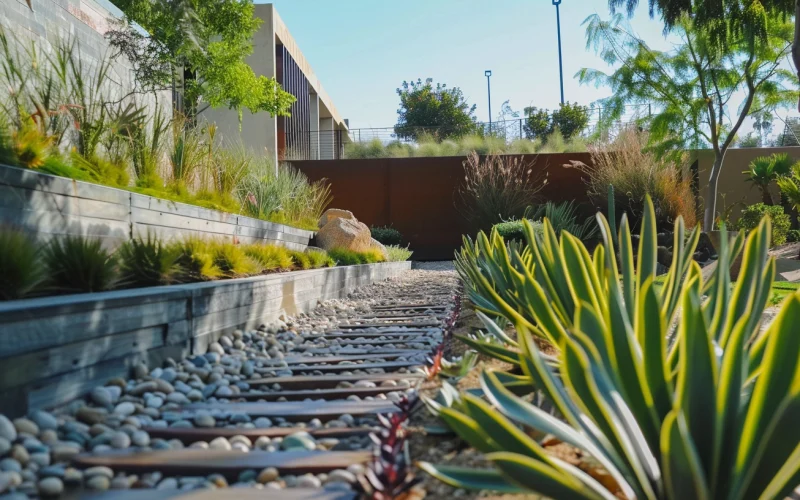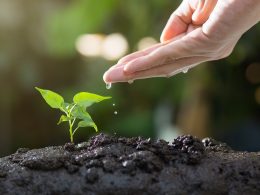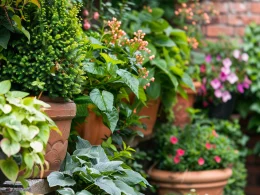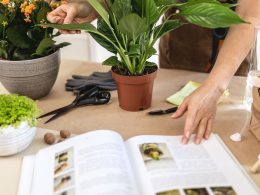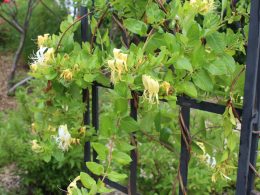Water conservation has become a pressing issue in gardening, as more and more people strive to create beautiful outdoor spaces while minimizing their environmental impact.
Fortunately, numerous garden plants require little water, making it possible to design stunning, low-maintenance gardens that thrive in various climates.
By selecting drought-tolerant plants and implementing water-wise gardening techniques, you can create a lush and vibrant garden that not only saves water but also reduces the time and effort needed for upkeep.
In this blog post, we will explore a diverse range of plants that require minimal watering, from hardy succulents and aromatic herbs to graceful ornamental grasses and resilient native species.
Whether you’re an experienced gardener or a novice looking to create a sustainable outdoor oasis, discovering the beauty and versatility of these water-wise plants will inspire you to craft a thriving, eco-friendly garden.
Flora Option that Has Fewer Water Needs
In the following segment, we offer a few options that require less water and are considered among the best options for planting in your backyard.
Apart from the planter setup, if you are looking for low-maintenance garden border ideas, you can check out our detailed article on renovating your garden without breaking the bank.
1. Succulent Wonders
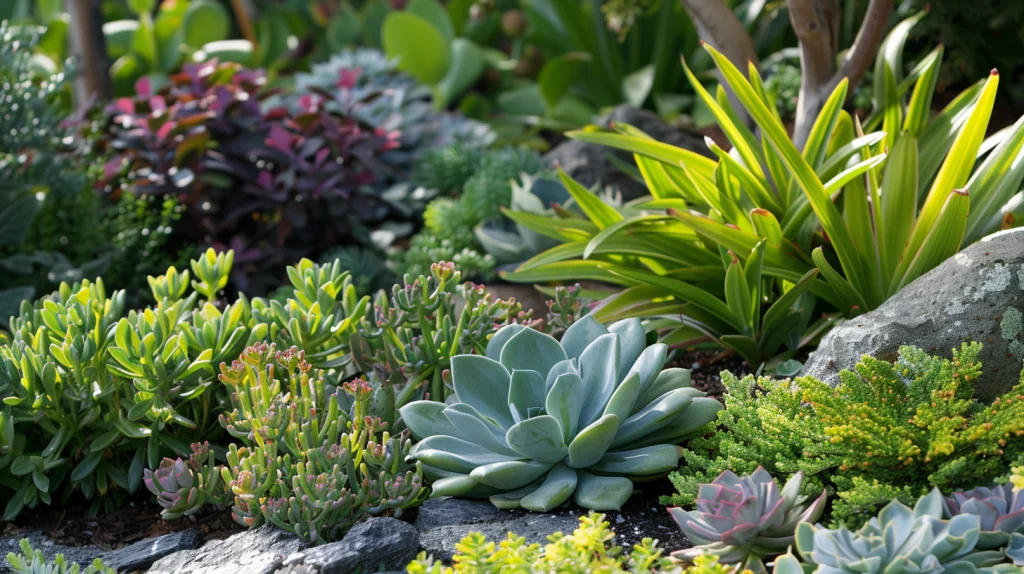
Succulents have evolved to store water in their leaves, stems, and roots, enabling them to survive in arid conditions with minimal watering.
From echeveria to agave, succulents come in various forms and colors that add visual interest to any garden. Sedum offers upright and trailing varieties for dynamic compositions.
To ensure success, provide well-draining soil, ample sunlight, and infrequent watering. With their low water requirements and sculptural beauty, succulents are perfect for water-wise gardens.
2. Fragrant Herb Haven

Mediterranean herbs like lavender, rosemary, and sage thrive in dry conditions, making them ideal for water-wise gardens.
These fragrant plants create a sensory experience while requiring minimal watering once established.
Lavender’s silvery foliage and purple flowers make a stunning visual impact.
Rosemary can be pruned into shapely shrubs or used as a ground cover.
Sage’s varied colors and textures add depth and interest. Other drought-tolerant herbs like thyme, oregano, and marjoram fill in gaps and create an aromatic carpet.
Combining these water-wise herbs results in a fragrant, visually appealing, low-maintenance garden.
3. Ornamental Grass Grace
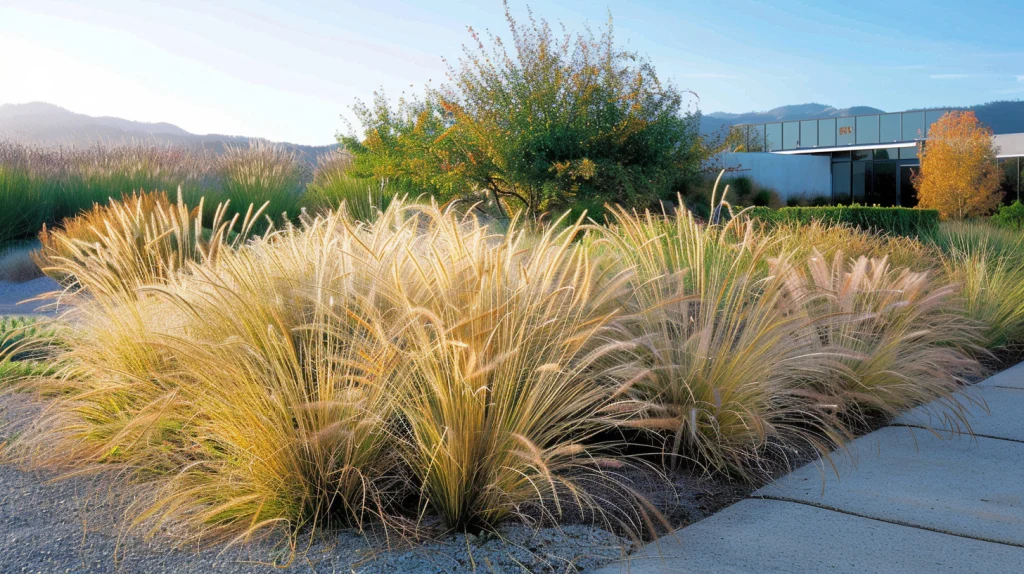
Ornamental grasses add texture, movement, and visual interest to water-wise gardens.
Available in various sizes, colors, and forms, they create low-maintenance, drought-tolerant landscapes.
Tall grasses like pampas grass make stunning backdrops or focal points, while shorter grasses like blue fescue define borders or create a soft, flowing effect.
Fountain grass adds grace with its arching foliage and fuzzy flower spikes. Mexican feather grass sways gently in the breeze.
Planted in clusters or drifts, ornamental grasses mimic natural growth patterns and provide year-round interest with changing colors and textures.
4. Native Plant Powerhouses
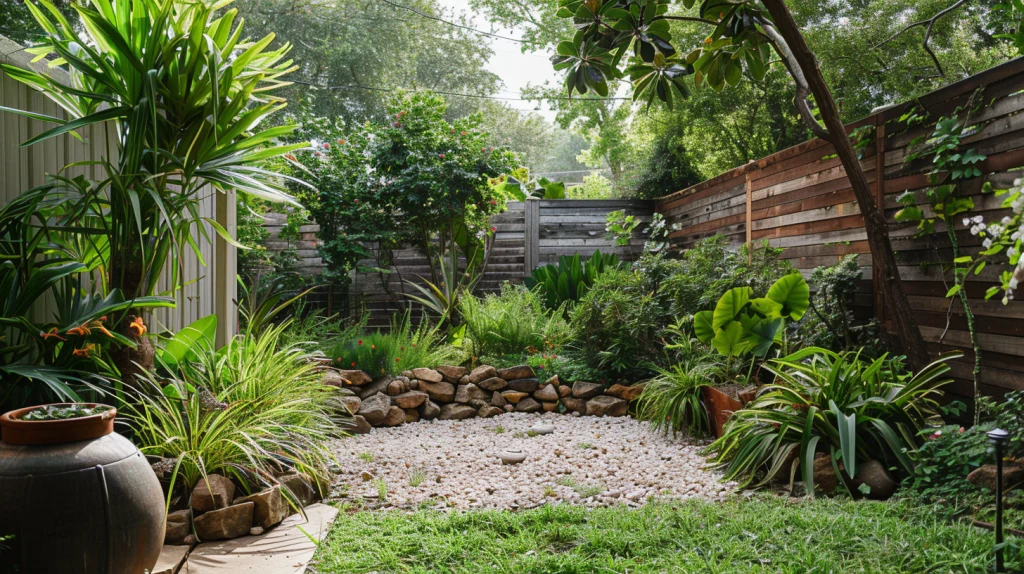
Native plants have evolved to thrive in specific regional climates and soil conditions. They are inherently drought-tolerant and well-suited to local landscapes.
Incorporating native plants conserves water, reduces maintenance, and supports local ecosystems by providing habitat and food for wildlife.
Examples include California poppies in the western U.S., coneflowers in the central and eastern regions, and kangaroo paw in Australia.
Research native plants specific to your area to create a thriving, water-wise garden that celebrates regional diversity and beauty.
Native plant gardens contribute to biodiversity and connect us with the natural heritage of our surroundings.
Mix and Match
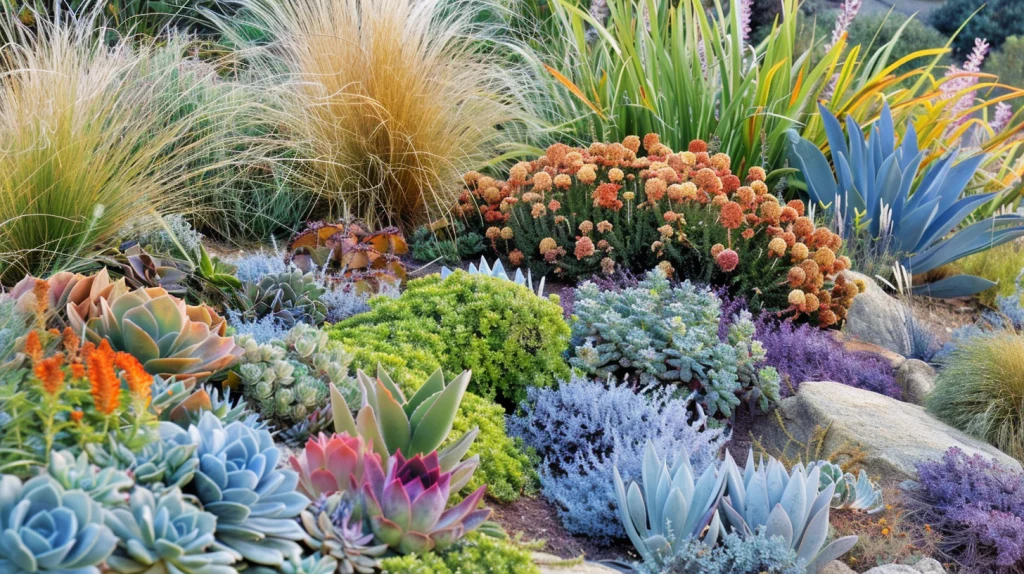
Creating a diverse water-wise garden by combining succulents, herbs, ornamental grasses, and native plants results in a visually stunning and resilient landscape.
Mixing plant types achieves a balance of textures, colors, and heights, adding depth and interest.
Group plants with similar growing requirements, such as drought-tolerant succulents with low-growing herbs like thyme or oregano. Use ornamental grasses as a backdrop for taller native perennials.
Experiment with plant combinations to find what works best for your garden’s style and conditions.
A mixed water-wise garden conserves water, supports biodiversity, and provides a beautiful, low-maintenance outdoor space.
Soil and Mulch Matters
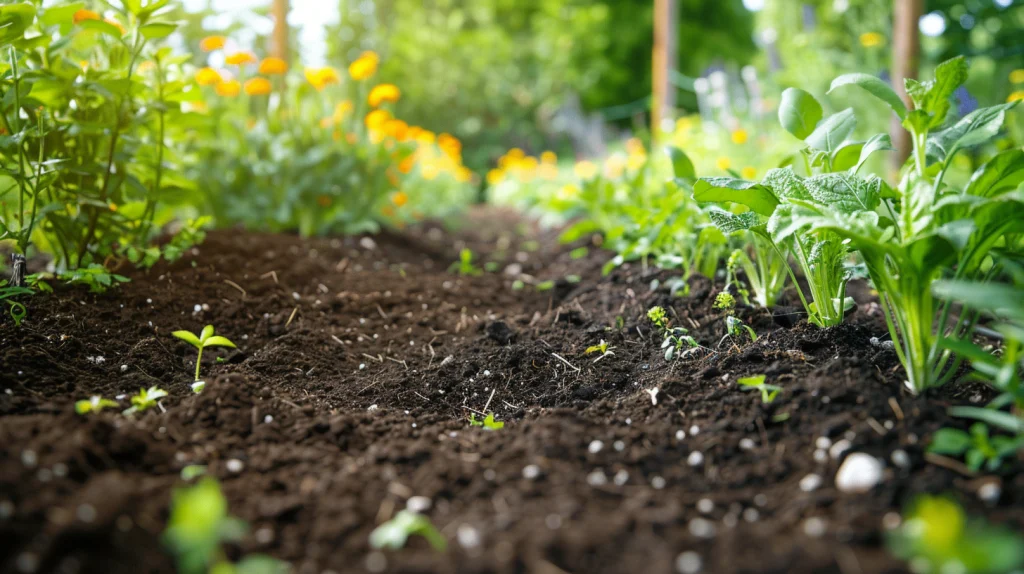
Proper soil preparation and mulching are crucial for water-wise gardens. Amend soil with organic matter like compost to improve drainage and moisture retention.
Apply a layer of organic mulch, such as bark chips or straw, around plants to reduce evaporation, moderate soil temperature, and suppress weeds.
Mulching minimizes water loss and competition for resources. Well-prepared soil and consistent mulching create a foundation for healthy, drought-tolerant plants that require less watering and maintenance over time.
Invest in soil health and mulching to support the long-term success and sustainability of your water-wise garden.
Water Wisely

Even drought-tolerant plants require some watering, especially during establishment.
Water deeply and infrequently to encourage deep root growth, making plants more resilient to dry spells.
Water early morning or late evening to minimize evaporation. As plants mature, they’ll require less water, but monitor their needs during extended dry periods.
Adjust watering based on weather conditions and plant requirements.
Efficient irrigation techniques, like drip systems or soaker hoses, deliver water directly to plant roots, reducing waste and evaporation.
Proper watering practices, combined with water-wise plant selection, contribute to a thriving, low-maintenance garden that conserves this precious resource.
Conclusion
Creating a garden filled with plants that require little water is a rewarding and environmentally responsible approach to landscaping.
By selecting drought-tolerant plants like succulents, herbs, ornamental grasses, and native species, you can design a beautiful, low-maintenance outdoor space that thrives in various climates.
Mixing these water-wise plants creates a diverse and visually appealing garden that conserves water and supports local ecosystems.
Embracing the beauty and resilience of drought-tolerant plants not only saves water but also reduces the time and effort needed for upkeep, allowing you to enjoy your garden’s beauty with minimal fuss.
By making water-wise plant choices and implementing eco-friendly gardening practices, you can create a stunning outdoor oasis that reflects your commitment to conservation and sustainability, while providing a haven for both you and the natural world to enjoy.





